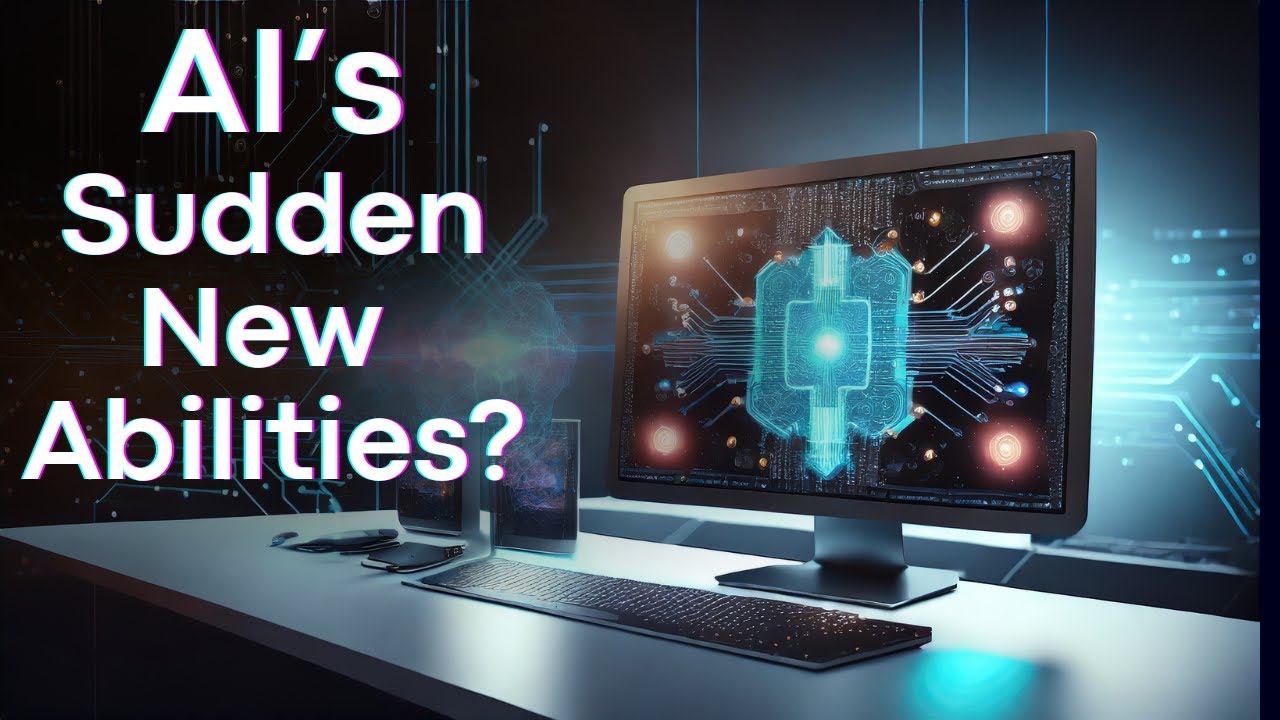In the video, Rylan, a CS PhD student at Stanford, discusses a scientific paper that questions whether large AI models exhibit emergent abilities or if these claims are just a mirage, raising concerns about AI safety and alignment. The conversation explores the challenges of measuring AI models, the importance of transparency in model outputs, and the implications of unconstrained learning approaches, highlighting the need for oversight, regulation, and collaborative efforts to address emerging challenges in the field.
In the video, Rylan, a CS PhD student at Stanford, discusses a scientific paper that questions whether large AI models exhibit emergent abilities or if these claims are just a mirage. Emergent abilities refer to sudden and unpredictable changes in the behavior of AI models, posing a threat to AI safety and alignment. The study aims to address the alignment problem in ensuring intelligent machines act in humanity’s best interest. The paper critically examines the findings of a high-profile study by Google Brain, DeepMind, and Stanford researchers that introduced the concept of emergent abilities.
The discussion delves into the challenges of measuring AI models and the potential biases in evaluation metrics used to assess model performance. Rylan highlights the importance of understanding how these models are trained and the limitations in conducting controlled experiments due to the proprietary nature of large AI models. He raises concerns about the lack of transparency and access to model outputs, leading to conflicts of interest and hindering scientific progress in the field.
The conversation explores the concept of sub-goals in AI systems and how constraints on learning structures can impact performance. Rylan shares examples from his experience at DeepMind, illustrating how unconstrained learning approaches can lead to more efficient solutions than hierarchical methods. The discussion also touches on the implications of reinforcement learning from human feedback and the challenges of ensuring interpretability and accountability in AI systems.
Rylan reflects on the potential risks associated with advanced AI models and the need for oversight and regulation in the field. He discusses the role of grassroots activism in influencing the development and deployment of AI technologies, suggesting that coordinated efforts to disrupt training data could impact model performance. However, he acknowledges the complexities and limitations of such actions, including the potential for government intervention and global implications of AI advancements. The conversation raises thought-provoking questions about the ethical and societal implications of AI progress and the need for collaborative efforts to address emerging challenges in the field.
